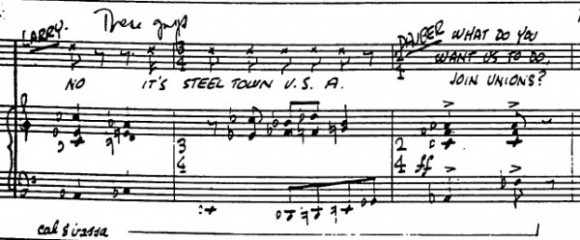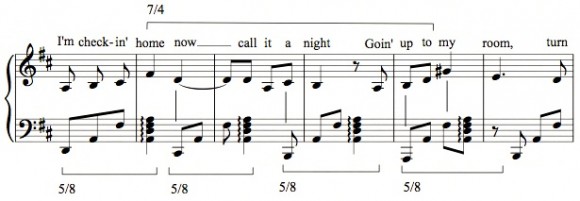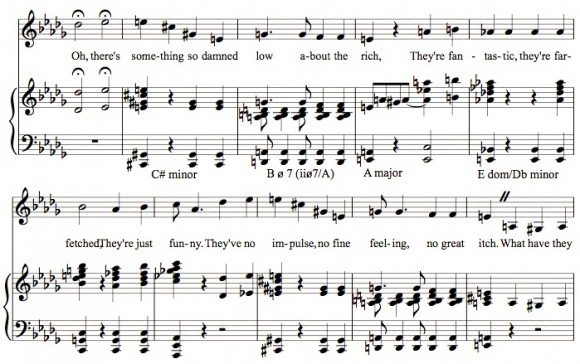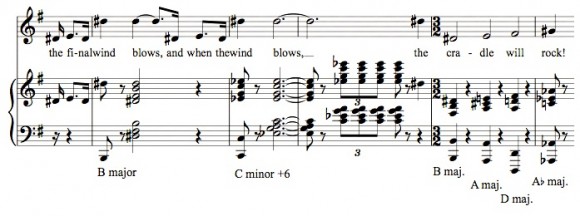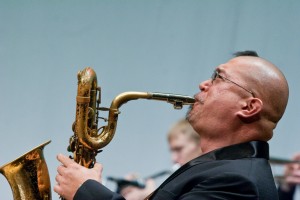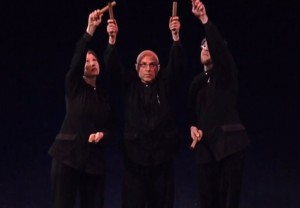My major composerly event of the season is the premiere of my septet Sang Plato’s Ghost by the Ghost Ensemble, conducted by David Bloom, this Saturday night (Satie’s birthday, propitiously enough). The ensemble was formed by one of my former composition students Ben Richter, who plays the accordion, and I’ve always wanted to write for accordion. Bloom, another Bard product (if indeed the reverse is not true instead) is conductor of the Contemporaneous Ensemble of skyrocketing reputation. The concert is at the Queens New Music Festival at the Secret Theatre, 4402 23rd Street in Long Island City; hope I can find it. Other works on the program are by Giacinto Scelsi, Pauline Oliveros, Sky Macklay, and Simon Steen-Anderson. When Ben first wrote me I misread his invitation as being to the Queen’s New Music Festival, and was excited about being performed for royalty. My democratic principles quickly reasserted themselves.
I’m really happy with Sang Plato’s Ghost, scored for flute, oboe, drums, harp, accordion, viola, and double bass, which I thought was a dream ensemble. The piece began, in my head, with a tango in 5/4 meter, and spread out from there in both directions. With an accordion, what else could I do?

